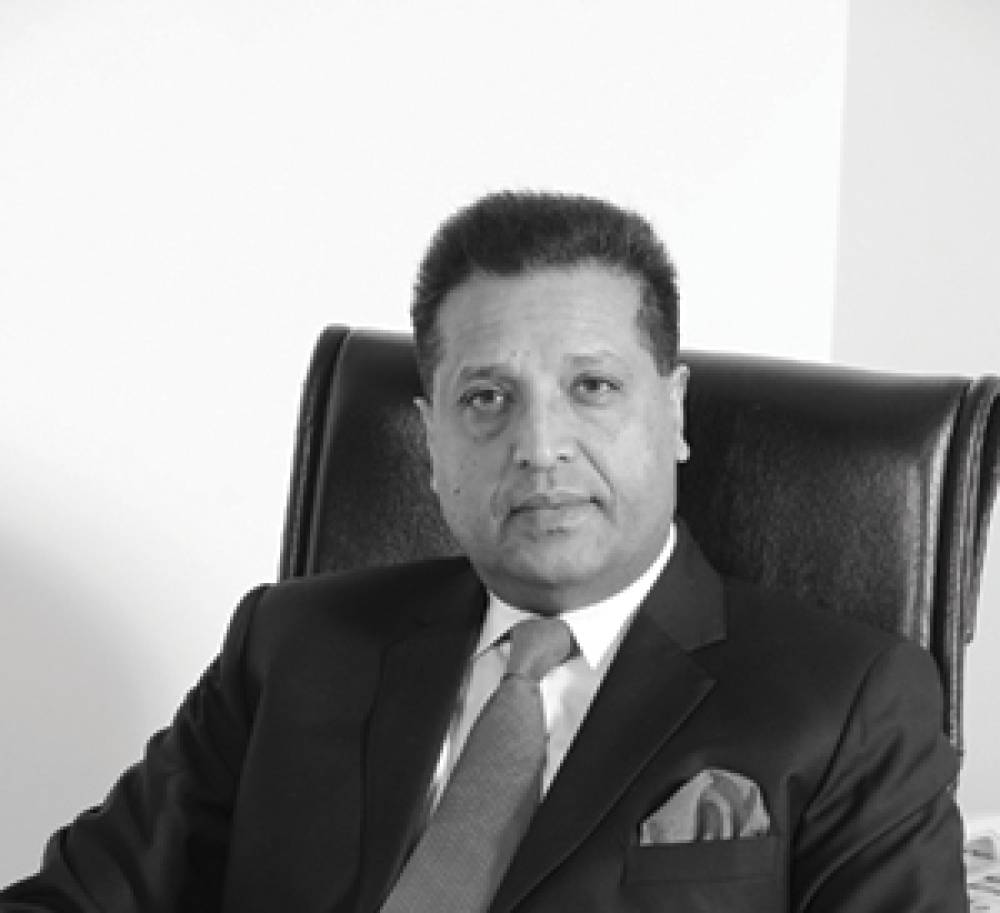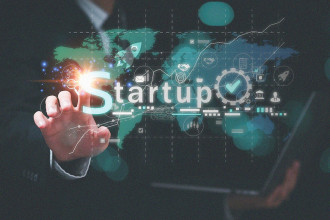
The year 2020 will always be etched in our minds as the year when we all faced immense unforeseen uncertainties due to the outbreak of the Covid 19 pandemic. Governments across the world adopted stringent measures to contain the spread of the virus by imposing various levels of restrictions including closing off local and international borders which consequently brought the tourism and hospitality industry to near standstill. Initially, many assumed that these restrictions would be only for a couple of weeks but weeks turned into months and till date we still have a few governments enforcing prohibitory orders as and when new variants of the virus are detected. The curbs imposed on travel and mobility has affected many economic sectors but the tourism industry has been hit hardest.
Though new variants of the coronavirus are still being detected, by and large economies across the world have opened up for business and people have started travelling across continents. Practically all businesses have opened up in Nepal too and have been rebounding but the tourism sector still seems to be stuck in the doldrums. “We still are unsure when things will get back to normal for us but we are keeping our fingers crossed and hoping for the best,” says Khum Bahadur Subedi, President of Trekking Agencies’ Association of Nepal (TAAN). To boost the tourism sector, which has been the mainstay of the economy since decades in Nepal, the Department of Immigration in September announced that vaccinated foreign travellers can enter the country without having to stay in quarantine once here. It is but natural for the government to ease travel restrictions because tourism not only contributes to the livelihood of thousands but is also a major source of foreign currency earnings for the country. It has been some months since the government eased restrictions but tourist arrivals have not recorded encouraging figures. “After the government lifted the restrictions, we have received around 24,000 travellers but to get back to the situation before the virus broke out we will need at least another 100,000 tourists,” shares Subedi. “We still have hope for full recovery but we have to wait for the months of March-April and September-October to see how things will pan out.”
Subedi adds that since these months are the peak tourism seasons in Nepal, the number of arrivals will give an indication as to what to expect in the coming days. “If not for the long-term, it will at least provide us an indication for the short-term,” he says. Santa Bir Lama, President of Nepal Mountaineering Association (NMA), says, “The Covid situation is slowly getting better but in recent days the world has seen quite a rapid spread of the new Omicron variant of the virus which has further added to the anxiety among tourism entrepreneurs and others directly or indirectly related to the sector.” “The government has announced that the new Omicron variant has been detected in Nepal and since everything related to this virus is so uncertain I fear that it might affect our businesses again,” mentions Lama.
He adds that though the number of visitors is still low it is heartening to see that people have not forgotten Nepal as a destination. The reason behind the low number of tourist arrivals could be due to the winter season which is an off season in Nepal, says Lama, adding that the real picture can be ascertained only when the spring season starts when the country usually receives a high number of foreign travellers. From mountaineering to trekking to airlines, all associated sectors of the tourism industry have had to bear the brunt of the Covid 19 pandemic and its effects. The hotel industry being no exception. In fact, the impact of the Covid pandemic was most visible on the hotel industry with all hotels having had to shut down due to the strict restrictions. “It was like a double impact for hotels,” says Tekendra Bahadur Mahat, Chief Operating Officer of Hotel Association Nepal (HAN). “There was no revenue at all because we had to close down as per government orders but at the same time we had to make sure that the physical infrastructure of the hotels was maintained properly which requires quite an investment,” he shares. The other problem is regarding employees, he says, “Hotels employ a large number of people and the pandemic created a problem in managing that aspect.” Mahat further mentions that in 2019 the country welcomed almost 1.2 million foreign tourists and everybody related to the tourism sector was expecting a bumper year in 2020. “The government had already launched the Visit Nepal 2020 campaign and we expected a huge inflow of tourists but the pandemic put a massive dent to our expectations,” he says. “It was not only about the country being closed for tourism but also about all the investments that had been made in anticipation of the rise in arrivals during the campaign year.” As per data and analysis made by various stakeholders, the travel and tourism sector contributes to 8% of the country’s gross domestic product and 6.7% of the total employment. Moreover, the industry also generates 6% of the total foreign exchange earnings in Nepal. As per Nepal Tourism Board, the national tourism promotion body of the country, the tourism sector has had to bear losses worth billions during this crisis. Businesses not only had to deal with financial losses but also face management, bank liability and physiological problems.
During this period, many people lost their jobs which directly affected their livelihoods. According to Subedi, during the crisis around 300,000 people who were directly or indirectly associated with the tourism sector lost their earnings completely or partially. Mahat explains that it is not only about businesses losing their earnings but also of employees who had to go through a rough patch with little or no wages being paid. Many tourists who come to Nepal usually do so for trekking or mountaineering but with the entire tourism sector in lockdown, 1,500 trekking guides, professional guides and 300 tourist bus drivers lost employment and 2,600 trekking agencies closed down in Nepal, as per the World Bank and UNDP. When asked when we can expect things in the tourism industry to get back to some semblance of normal, Lama stated that even if the pandemic ends, it may take a minimum of two years for the industry to get back to the phase of 2019 because many people were unemployed during the lockdown and are still recovering financially. The situation is bad but we can still recover provided we work on the right things, says Lama. He is of the view that tourists who visit Nepal must be provided with some facilities like free visas and there should be proper rules and regulations regarding tourists. “Other services such as providing long-term visas to certain targeted groups of tourists like retired and elderly people could also be introduced,” he shares. “Records should also be maintained about the whereabouts of tourists. If these factors are considered, the government can benefit.” Subedi adds, “Once Covid is under control, the government should publish travel advisories stating that Nepal is a safe and secure place to travel.” He adds, “Flights must be regular and safety protocols should also be followed to increase the flow of tourists and for them to feel they are in a secure environment.”





-1765706286.jpg)
-1765699753.jpg)